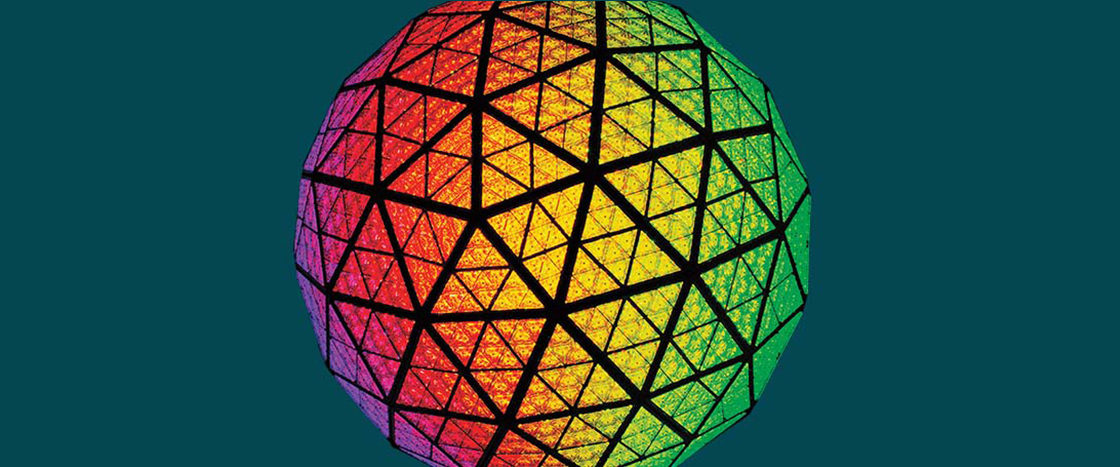On December 31, people around the world will watch the ball drop in New York City’s Times Square. This festive tradition started in 1907. Since then, the ball has been updated many times.

Countdown to 2022!
Behind the design of a New Year's Eve tradition
Simon Dux/Alamy Stock Photo
THE DROP: At 11:59 p.m. Eastern Time, the ball begins a 77-foot, 60-second journey down a pole atop the One Times Square building.
Jeenah Moon/Reuters
CRYSTALS: The outside of the ball includes 2,688 triangular panels of cut and polished glass.
In the past, the New Year’s Eve ball’s triangular crystal panels were studded with incandescent bulbs. They produce light when a metal wire heats up. Colored bulbs lit the ball from within.
Today’s version was designed in 2007. Its crystal panels are lit up by light-emitting diode (LED) bulbs. These bulbs don’t need to heat up to create light, so they use less electricity. Patterns cut into the crystals refract, or bend, light. Mirrors intensify the glittering effect.
“Every year at around 11:55, I feel that twinge of nervous excitement,” says principal designer Christine Hope. She’s not alone! Do you get excited for the new year?
